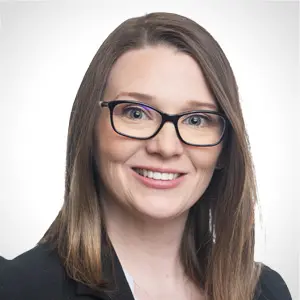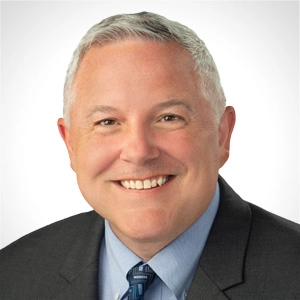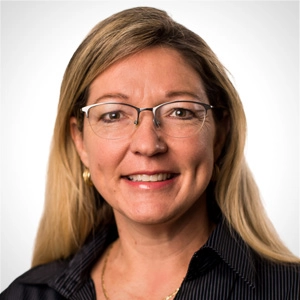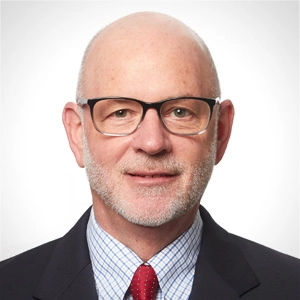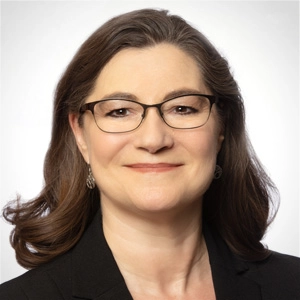After more than two decades, SAMHSA and its Center for Substance Abuse Treatment (CSAT) is revisiting regulations governing opioid treatment programs (OTPs), as required by the 2023 Consolidated Appropriations Act passed by Congress. These new federal rules around treatment will change how medications are delivered to persons with opioid use disorder (OUD), offering opioid treatment centers a unique opportunity to advance person-centered care, and can build on the lessons learned from the flexibilities offered during the public health emergency.
This is a real opportunity to change how care is delivered. It will increase access to lifesaving medications, including:
- A change in take-home schedules, which will allow for additional take-home medications sooner in the treatment process to reduce the burden of coming to the program daily, alleviating transportation challenges and the disruption of work and family routines.
- Emphasizing and codifying the importance of harm reduction.
- Clarifying diagnoses required for admission to be active moderate-to-severe OUD, OUD in remission, or at high risk for recurrence or overdose.
- Removing access barriers for persons under 18; expanding use of telehealth; and finally, expanding interim maintenance dosing up to 180 days in a 12-month period.
These new changes will help alleviate admission barriers caused by workforce shortages and allow patients better access to medication and treatment. The increase in use of telehealth combined with medications for opioid use disorder (MOUD) will remove time and travel barriers for treatment, allowing persons treated with methadone and buprenorphine, including new persons, to be treated remotely.
What does this mean for the field?
OTPs have historically been reimbursed based on volume, with daily attendance as a steady source of revenue and a “captive” audience for counseling services. For persons with OUD to feel the full benefits of the new rule, changes will need to be made at all levels:
- OTPs will need to rethink their clinical models to develop a service mix driven by a person’s need as opposed to regulations. Engagement will drive attendance, outcomes and thus revenue. Additionally, there will be a need to:
- Retrain staff.
- Work with medical team to develop new clinical protocols.
- Structure revenue cycle management processes and business models of service delivery.
- Regulators will need to adapt state licensing rules and re-train licensing staff.
- Payers have an opportunity to move Value-Based Payment (VBP) more steadily into the OUD treatment space and will need to realign payment structures to incentivize providers to provide care according to a person’s need.
If you want to learn more about the changes ahead, HMA hosted a 3-part webinar series on the effect of proposed regulations on delivery of opioid treatment services. The series New Rules in Treatment of Opioid Addiction was aimed at helping stakeholders prepare for and adapt to these changes to ensure a successful transition for the people they serve. Our series focuses on three areas where changes can help those managing OUD:
- How do OTPs deliver services to better support persons with OUD?
- How do payers create the right financial incentives to help providers deliver better behavioral health solutions for OUD?
- How do state regulators make changes to rules and laws to promote a treatment system that prioritizes a person’s health and recovery?
Watch here:
Part 1 Opioid Treatment Providers
Part 2 Opioid State Payers – Aligning Incentives for Treatment
Part 3 Opportunities for State Regulators to Shape Policy and Regulation of Treatment
If you are ready to explore these changes in your organization, HMA can help. We have experience in:
- Developing clinical workflows
- Aligning revenue cycle and clinical operations
- Developing and implementing state OUD code
- Supporting health plans and providers in moving into VBP
- Supporting health plans in adapting to new clinical models

